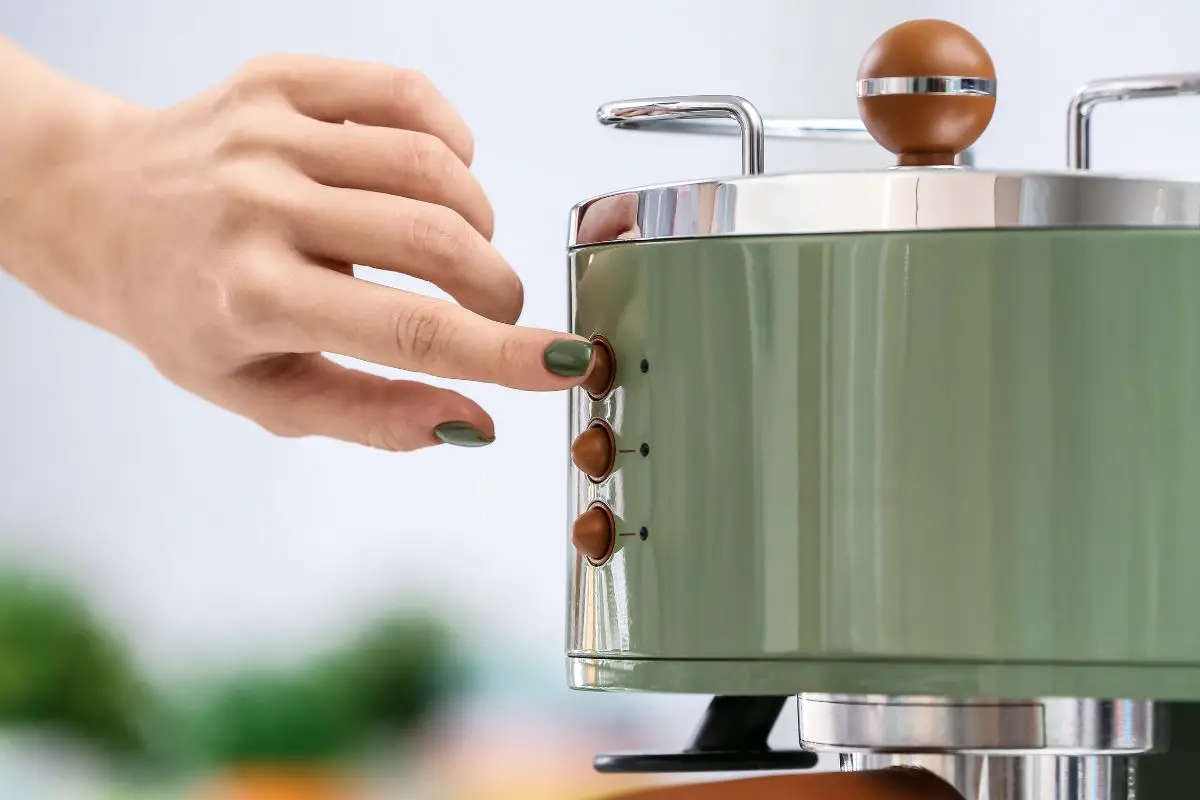Whether you’re an early riser in need of that first energizing cup or an afternoon coffee connoisseur, knowing when to turn off your coffee maker is essential. Properly managing the brewing process not only ensures the best-tasting coffee but also promotes safety and energy efficiency. In this article, we will discuss the optimal timing for turning off your coffee maker and provide guidelines to help you make the most of your brewing experience.

During the Brewing Process
Automatic Shut-Off Feature:
Many modern coffee makers are equipped with an automatic shut-off feature, which turns off the machine after a specific period of inactivity. This feature is designed to enhance safety and prevent potential accidents. Check your coffee maker’s manual to determine if it has this functionality and to learn about the default timing. Automatic shut-off typically ranges from 30 minutes to 2 hours, depending on the model.
Brewing Completion:
It is generally recommended to let your coffee maker complete the brewing process before turning it off. Interrupting the brew cycle prematurely can result in under-extracted coffee, leading to a weaker and less flavorful cup. Most coffee makers have a visible indicator, such as a light or sound, to indicate when the brewing is complete. Wait for this signal before switching off the machine.
After Brewing
Energy Conservation:
To conserve energy and reduce electricity consumption, it is advisable to turn off your coffee maker once you have finished brewing and have poured your desired amount of coffee. Leaving the machine on unnecessarily can contribute to unnecessary energy usage, especially if it lacks an automatic shut-off feature. By adopting energy-conscious practices, you can help reduce your carbon footprint.
Safety Considerations:
Coffee makers generate heat to brew the coffee, and if left unattended, they can pose a fire hazard. Turning off your coffee maker after brewing helps mitigate this risk and promotes a safer environment in your kitchen. Additionally, it reduces the chances of accidentally spilling hot coffee or damaging the appliance.
Cleaning and Maintenance:
Turning off your coffee maker after use allows it to cool down, making it safer and more convenient to clean and maintain. This includes emptying the used coffee grounds, rinsing the carafe, and wiping down the machine’s exterior. Proper maintenance enhances the longevity of your coffee maker and ensures the best possible brewing experience in the long run.
Conclusion
Knowing when to turn off your coffee maker is crucial for obtaining a delicious cup of coffee, conserving energy, and promoting safety. While many coffee makers have an automatic shut-off feature, it is still essential to allow the brewing process to complete before turning off the machine. After brewing, switching off the coffee maker promotes energy efficiency, reduces safety risks, and facilitates easier cleaning and maintenance. By following these guidelines, you can enhance your brewing experience while prioritizing safety and sustainability.